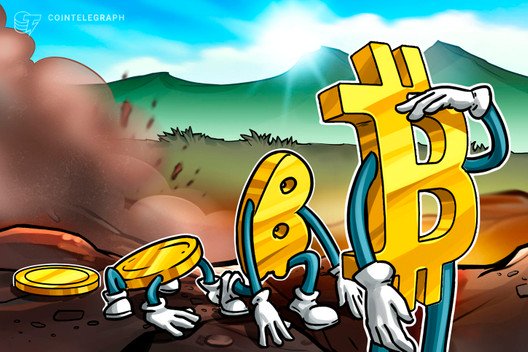DeFi indexes crash despite strong fundamentals
Binance Futures’ DeFi Composite Index has lost half of its value since launching, while TokenSets’ DeFi Pulse Index is down by one-third.
1836 Total views
5 Total shares

On August 28, Binance Futures launched its DeFi Composite Index, a basket of DeFi tokens that initially comprised 27% Chainlink (LINK) and 11% Aave (LEND) alongside nine other prominent DeFi tokens that made up between 6% and 9.5% of the index each. Updated weekly, the index now tracks 19 different crypto assets.
However the Binance Futures’ DeFi index has dropped more than 50% from an all-time high of $1,189 on its first day of trading, with the basket now changing hands for just $507.
Indexes tracking decentralized finance (DeFi) tokens have taken a beating over recent weeks following the popping of August’s DeFi bubble.

On September 15, TokenSets launched its ‘DeFi Pulse Index Set’ (DPI) — which is composed of tokens from the ten-largest decentralized finance protocols by total value locked (TVL), according to DeFi Pulse. The basket is rebalanced on the first day of every month, with each token’s sizing adjusted according to “its relative circulating market cap to other positions in the index.”
Despite the TVL of the DeFi sector continuing to push higher, the DPI has shed nearly one-third of its value since launching — dropping from $130 in mid-September to test support at $90.

Other crypto market data aggregators are signaling that DeFi is down, with only 16 of the 100 tokens categorized as ‘DeFi’ on CoinMarketCap posting gains of more than 1% over the past seven days.
Messari’s screener tracking the performance of Ethereum (ETH)-based assets also suggests the DeFi sector is currently down, posting weekly and monthly losses of roughly 2%.
Despite the heavy price retracements produced by most DeFi tokens, the sector’s fundamentals continue to strengthen. DeFi’s TVL has increased by nearly 40% from $7.4 billion over the past 30 days, while decentralized exchange (DEX) Uniswap generated more than $15 billion in volume last month — more than top U.S.-based centralized crypto asset exchange, Coinbase.









